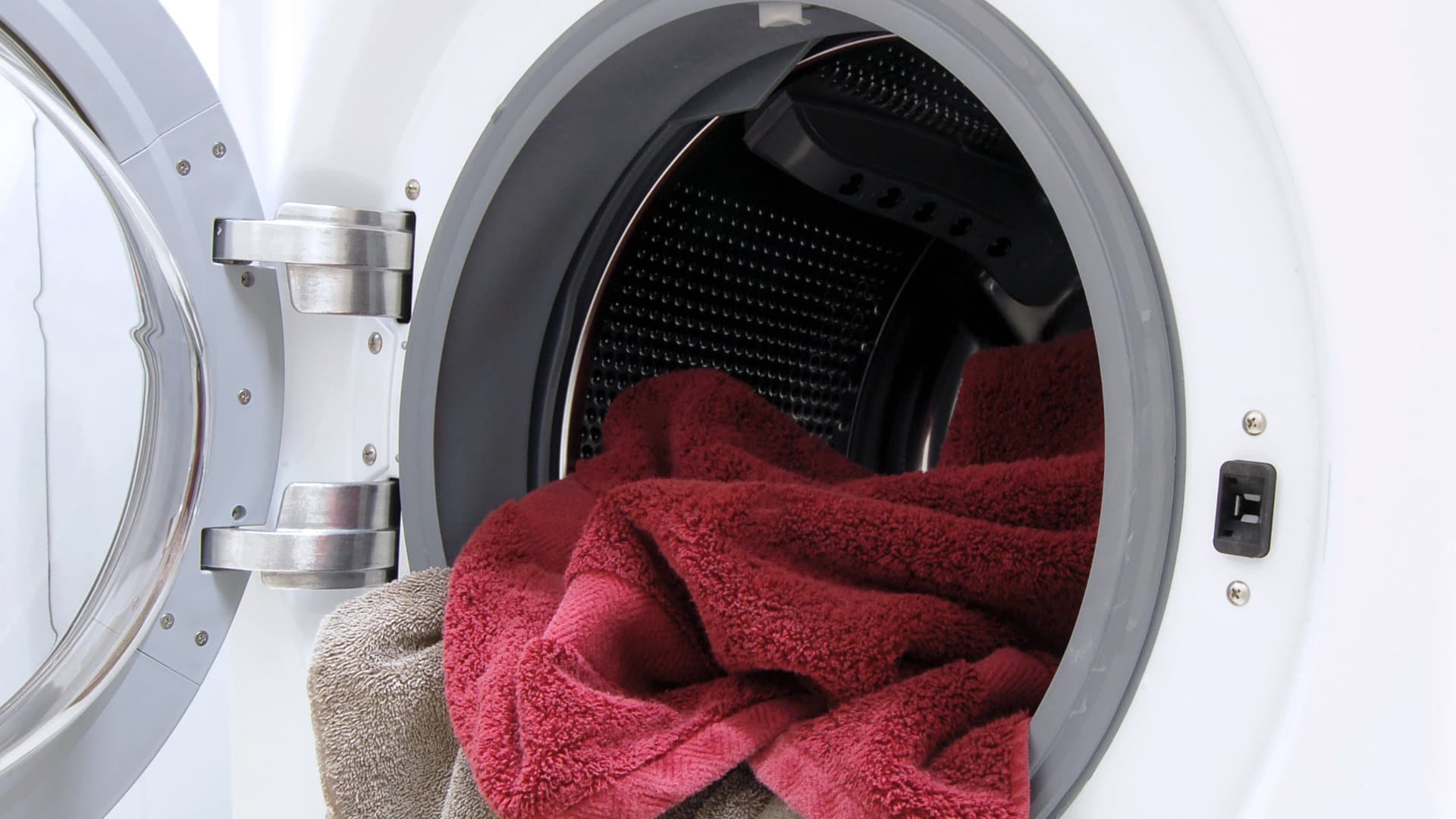
Electrolux front-load washers are great for saving energy and water, but one of the disadvantages of having a front-load washer is that mold and mildew easily build up in the washer gasket. The washer’s detergent dispenser is also prone to fungi developing and soap scum building up. Then there is the drum itself and the drain hose and pump, which will also benefit from a regular deep clean.
Step 1: Decide on a cleaning product
There are several cleaning products that can be used to clean your Electrolux washer. Bleach is great for cleaning mold and mildew and for killing germs. When you clean your washer, the first two steps are to clean the detergent dispenser and washer gasket.
Distilled white vinegar can also be used to clean off mold and mildew, and soap scum. Vinegar can kill most germs, but it is not as effective as most household disinfectants, including bleach. So while white vinegar can be used to clean the dispenser and door gasket, if you want 100% certainty that all the germs have been removed, it is best to use bleach.
Important: Do not mix bleach with vinegar or any other cleaning product. If bleach is mixed with vinegar, it creates a potentially fatal chlorine gas.
White vinegar can also damage rubber components in the washer, but if you do not use it too often, white vinegar is fine to use to clean your washer. For the third part of the cleaning process, running a cleaning cycle, white vinegar can be slightly more effective at removing stubborn detergent residue, mold, and mildew.
Baking soda can also be used to clean your washer.
Store-bought washer cleaning products can also be used to clean the washer. Store-bought washer cleaners are great for deep cleaning as they are specially formulated to remove mold, mildew, and soap scum while killing germs and without causing damage to your washer.
Any of these products can be used to clean your washer. For the best results, use bleach to clean the dispenser and gasket; and a pre-formulated washer cleaner to deep clean the washer.
Step 2: Clean the detergent dispenser
The detergent dispenser is often where mold, mildew, and detergent residue build-up. If you clean the dispenser frequently, it will reduce the amount of residue and fungi that accumulate in the detergent dispenser.
To clean the dispenser, remove it from the washer. You should also clean inside the dispenser slot, which is often overlooked, providing an ideal place for mold and mildew to hide and thrive.
Mix bleach with water, or use another cleaning product, and clean the detergent dispenser and the slot it came out of. Once the dispenser is clean, return it to the washer.
Step 3: Clean the door gasket
Another place where mold and mildew build up with front-load washers is the door gasket (the door seal). When you inspect the door gasket, you are bound to find mold, mildew, and detergent residue.
With the bleach and water mixture, or another cleaning product, wipe down the gasket, making sure to get into all the nooks and crannies that you do not usually see. An old toothbrush could be used to assist with the cleaning.
When you have finished cleaning the gasket, make sure to clean the inside of the door as well.
If after cleaning the gasket there are still spots of mold and mildew, sprinkle some baking soda over the affected area. If you leave the baking soda for at least ten minutes, when you return, the mold and mildew should be easier to clean off.
Another alternative is to put some bleach and water, or white vinegar, into a spray bottle and then spray the affected area. If you also leave that for at least ten minutes, when you return, the mold and mildew should easily wipe off.
If mold and mildew still remain, the next part of the cleaning process should remove them.
Step 4: Run a cleaning cycle
Some Electrolux washers come with a cleaning cycle option to use when cleaning the washer. If you do not have a cleaning cycle option, simply run the longest cycle with the highest temperature.
Before running the cleaning cycle, first, make sure the washer is empty. Then, if you are using a washer cleaning product, like Affresh washer cleaning tablets, follow the instructions on the packet.
If you are using baking soda, sprinkle half a cup of baking soda into the drum.
If you are using distilled white vinegar, add 1 cup of distilled white vinegar to the detergent dispenser, pouring any leftover vinegar directly into the drum.
If you are using bleach, add ½ cup of bleach to the detergent dispenser and pour any leftover bleach into the drum.
As mentioned above, do not combine bleach with vinegar. If you have been cleaning with bleach or vinegar, make sure to wipe up any traces with paper towels before adding your cleaning product to the washer.
After adding a cleaning product, run a long, hot cycle.
Step 5: Clean the outside of the washer
While waiting for the cycle to finish, clean the outside of the washer.
In summary
After the cleaning cycle has finished, the washer should be almost as good as new. If you are concerned about lingering chemicals or want to get rid of a bleach or vinegar odor, run a rinse and spin cycle to rinse the washer out.
If after running the cleaning cycle the washer is still dirty, clean the inside of the washer by hand with bleach or vinegar, and consider running another cleaning cycle, perhaps trying an alternative cleaning product this time.
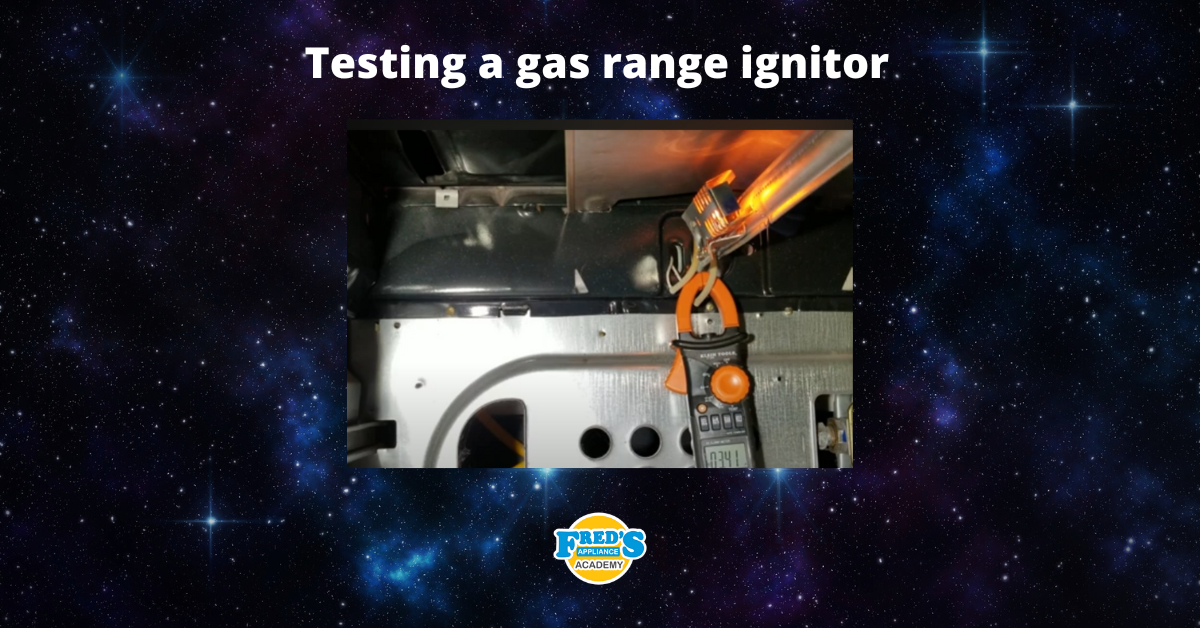
How to test a gas range ignitor

Congrats to our graduating March 2024 class
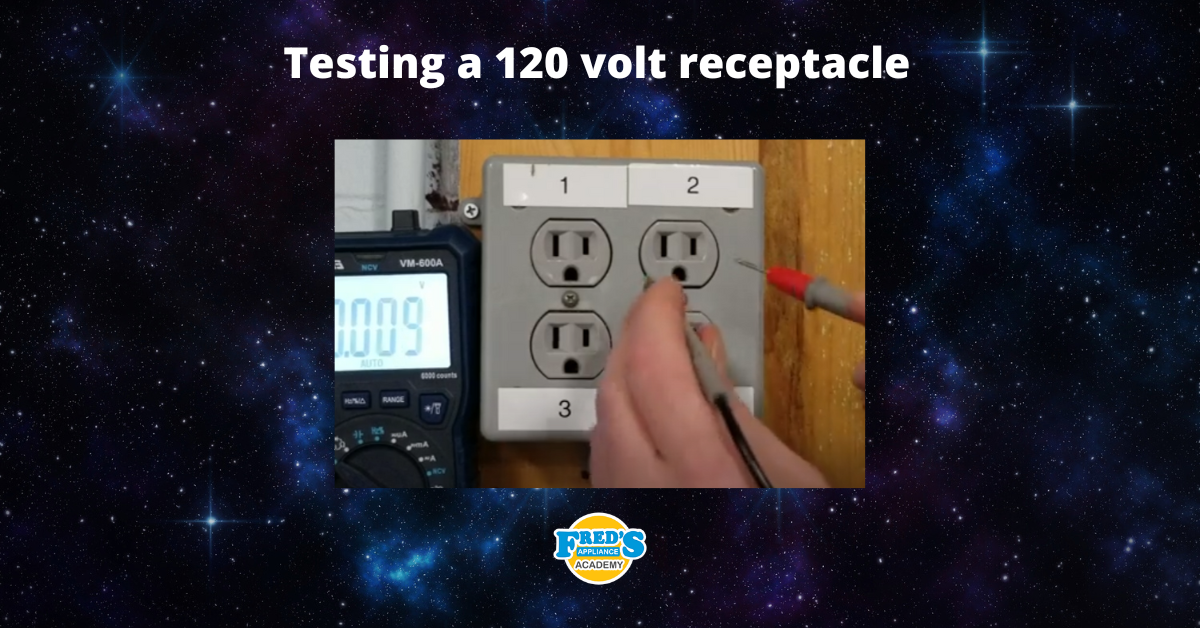
How to test a 120 volt receptacle

Congrats to our graduating February 2024 class
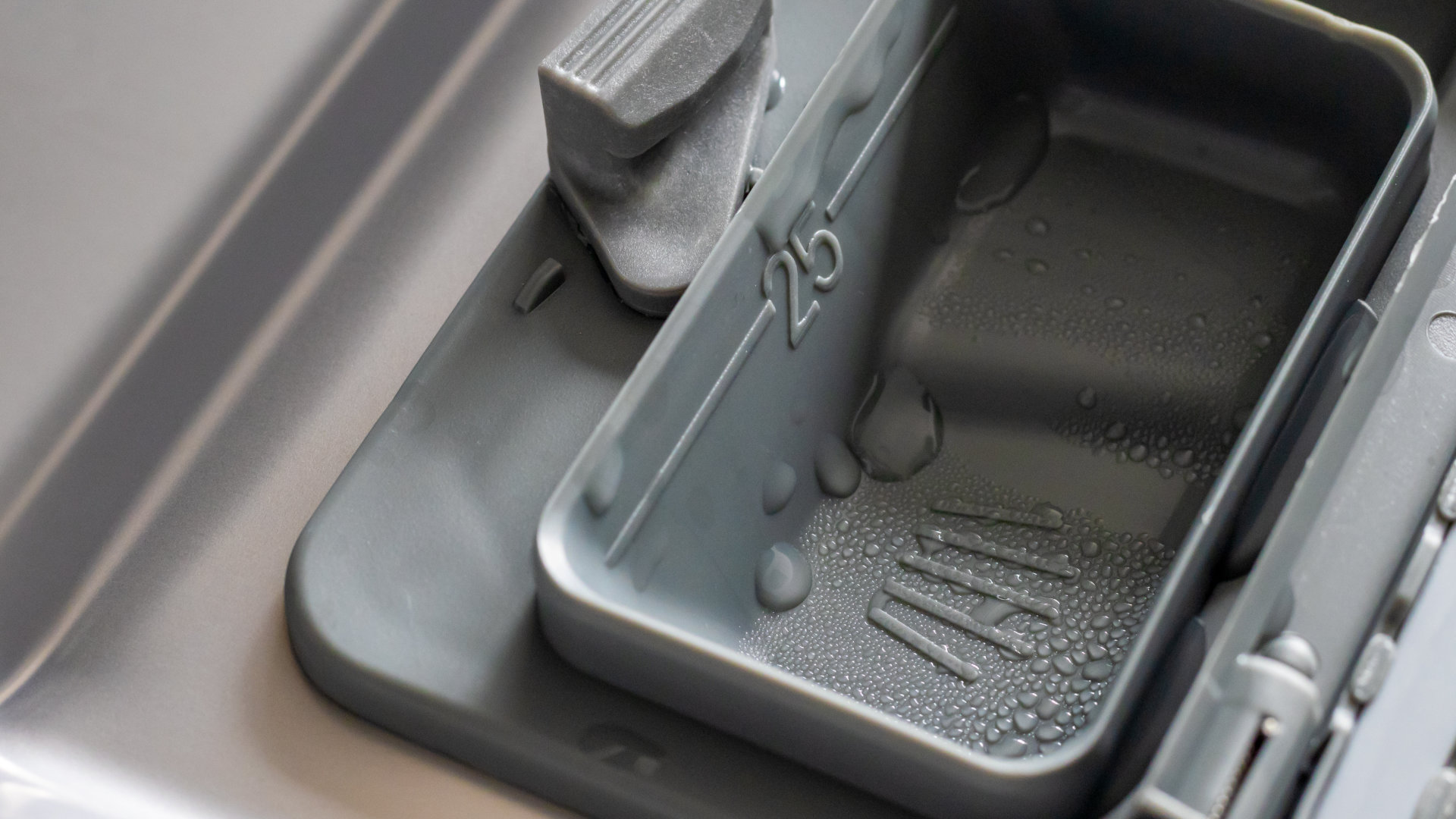
Why Is Your Dishwasher Soap Not Dissolving? (5 Easy Fixes)

Refrigerator Dripping Water Inside? 5 Quick Fixes
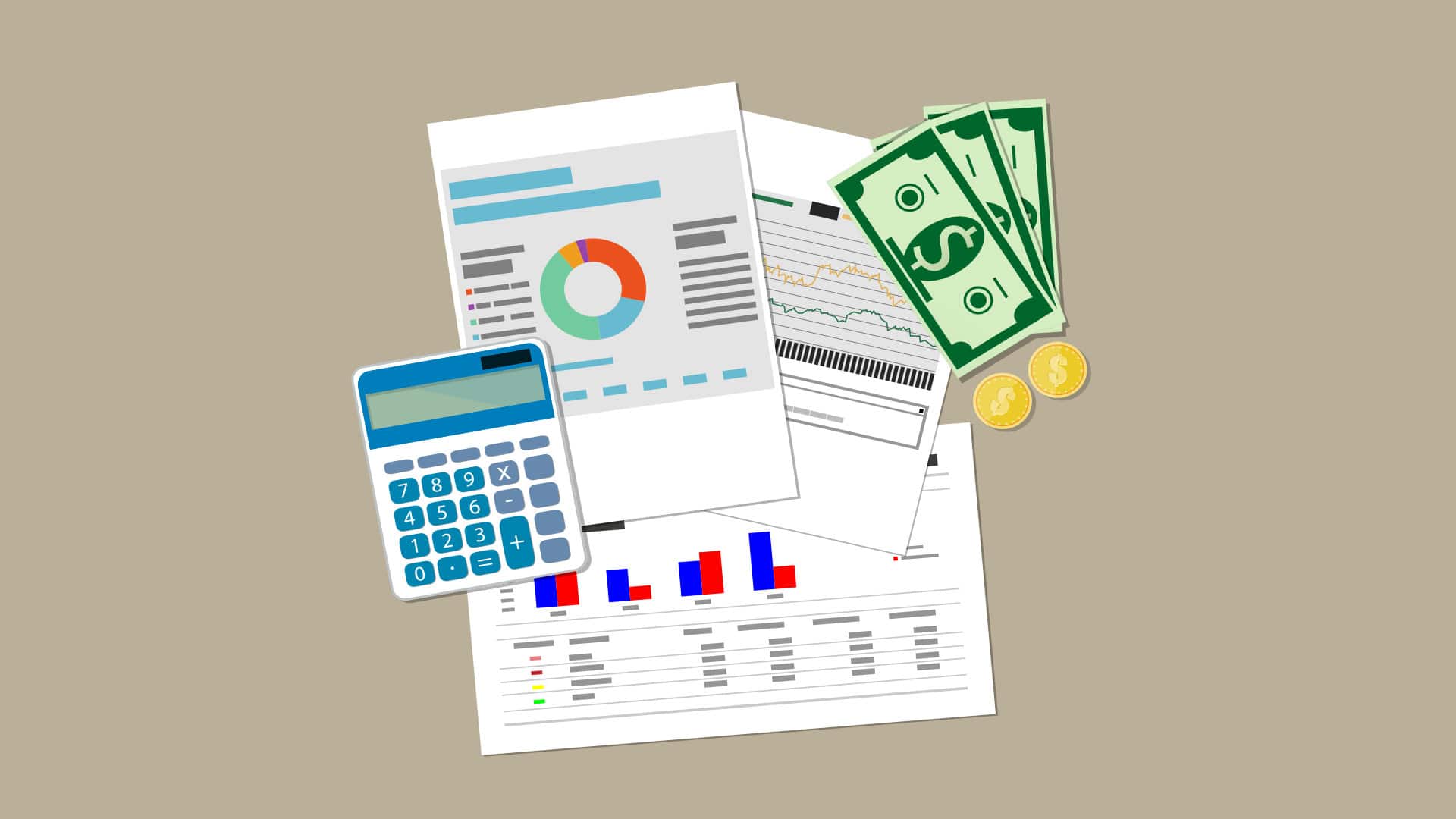
Appliance Industry 2023 Q4 Results

Congrats to our graduating January 2024 class

Clever ways to use airbags to level your appliances



